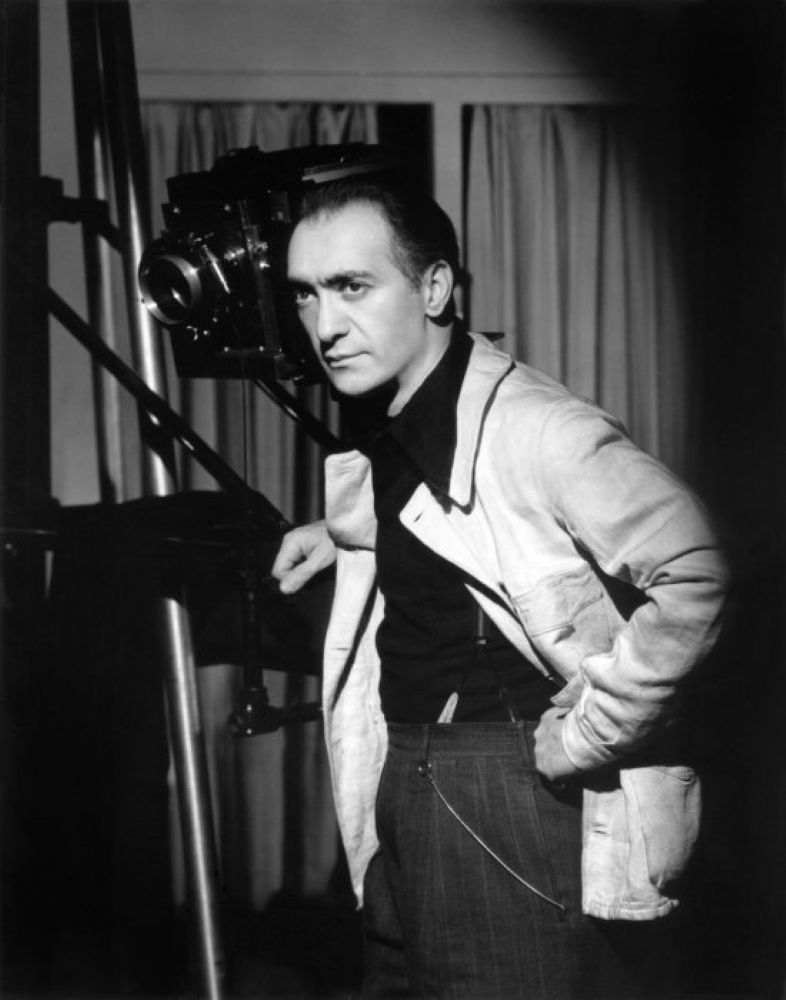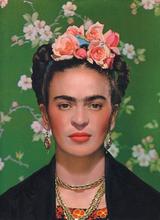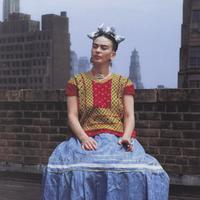More about Nickolas Muray
- All
- Info
- Shop
Works by Nickolas Muray

Sr. Contributor
Nickolas Muray always burned brighter upon hearing the word “no.”
Even as a child, born Miklós Mandl in 1892, he was drawn to seek out challenges and rebel against the unfair constraints of his world. Growing up in Hungary as a Jewish child he often suffered from anti-Semitism and missed out on opportunities beyond his family’s means.
In the afternoons, he’d skip school and pass by a fencing academy, catching glimpses of the lessons the more privileged children could afford. He made two promises to himself: to one day be able to afford fencing lessons and to travel and see art around the world.
At age twelve, Miklós had an argument with his father. His father wanted him to become a lawyer but Miklós refused to take the appropriate lessons, disliking the teacher. Wishing to punish him, his father apprenticed him to an artist’s studio, hoping it would teach him he was only cut out for a practical trade. Obviously this backfired in the most wonderful way.
Muray wound up entering the Budapest Graphic Arts School where he discovered his love of photography as he studied the craft of photoengraving and lithography. Once he felt he’d learned all he could in Hungary, he headed to Germany, first studying color separation in Munich, then photochemistry and color filter-making in Berlin. His passion for art was the primary reason for this move, but he was also glad to be out of the country to avoid mandatory service in the Austro-Hungarian Army.
His father wrote to him, reminding him of said service he’d need to undergo when he returned. So Miklós went to the United States instead. With only $25 and a small Esperanto dictionary, twenty-one year old Miklós arrived at Ellis Island, became Nickolas Muray, and declared himself an atheist.
In a relatively short time, he established himself in New York, building his careers as both a pioneer of color photography and an Olympic fencer, competing twice for the United States. As he grew more successful, he began to host weekly gatherings to bring friends together to meet, eat, and rebel a little against prohibition. Among his wide net of connections were such figures as Langston Hughes and Eugene O’Neill.
But the most notable figure he encountered was also the love of his life: Frida Kahlo. Muray hadn’t been the luckiest in love before they’d met. He was fresh off his third divorce when he visited his happily married friend Miguel Covarrubias in Mexico when they happened to cross paths. Kahlo was already married to Diego Rivera and should have still been in San Francisco with him at the time, but she’d left early.
Muray went on to photograph Kahlo more than anyone in his life (save his children), but no photos were taken during that first meeting. All that marked their time together were two cryptic gifts Kahlo gave him that ended up spelling out the length and breadth of their love affair. On a dolly she’d written a love note including: “I’ll never forget you” and the other gift was a sketch of her and Rivera. So: I’ll never forget you but I’ll never leave my husband.
During their decade long affair, and their lifelong friendship afterwards, the pair of artistic confidants often shared their work with each other. Rivera kept a portrait Muray took of her called Frida Kahlo with Magenta Rebozo hanging above his bed after Kahlo’s death. Among the paintings Kahlo gave Muray was Self-Portrait with Thorn Necklace and Hummingbird, gifted fresh off the easel. Muray treasured this gift and hung the painting in his living room for the rest of his life.
Sources
- “Frida Kahlo: Through the Lens of Nickolas Muray - MOLAA: Museum of Latin American Art.” MOLAA. Accessed May 20, 2022. https://molaa.org/frida-kahlo.
- Grimberg Salomón. I Will Never Forget You: Frida Kahlo & Nickolas Muray, Unpublished Photographs and Letters. San Francisco, CA: Chronicle Books, 2006.
- Heinzelman, Kurt, and Peter Mears. The Covarrubias Circle: Nickolas Muray's Collection of Twentieth-Century Mexican Art ; on the Occasion of the Exhibition Miguel Covarrubias: A Certain Clairvoyance, from the Ransom Center's Collections. Austin, Tex: Univ. of Texas Press, 2004.
- Popova, Maria. “Frida Kahlo's Passionate Love Letter to Photographer Nickolas Muray, Who Took Her Most Famous Portrait.” The Marginalian, February 12, 2021. https://www.themarginalian.org/2021/02/11/frida-kahlo-nickolas-muray/.
Featured Content
Here is what Wikipedia says about Nickolas Muray
Nickolas Muray (born Miklós Mandl; 15 February 1892 – 2 November 1965) was a Hungarian-born American photographer and Olympic saber fencer.
Check out the full Wikipedia article about Nickolas Muray












